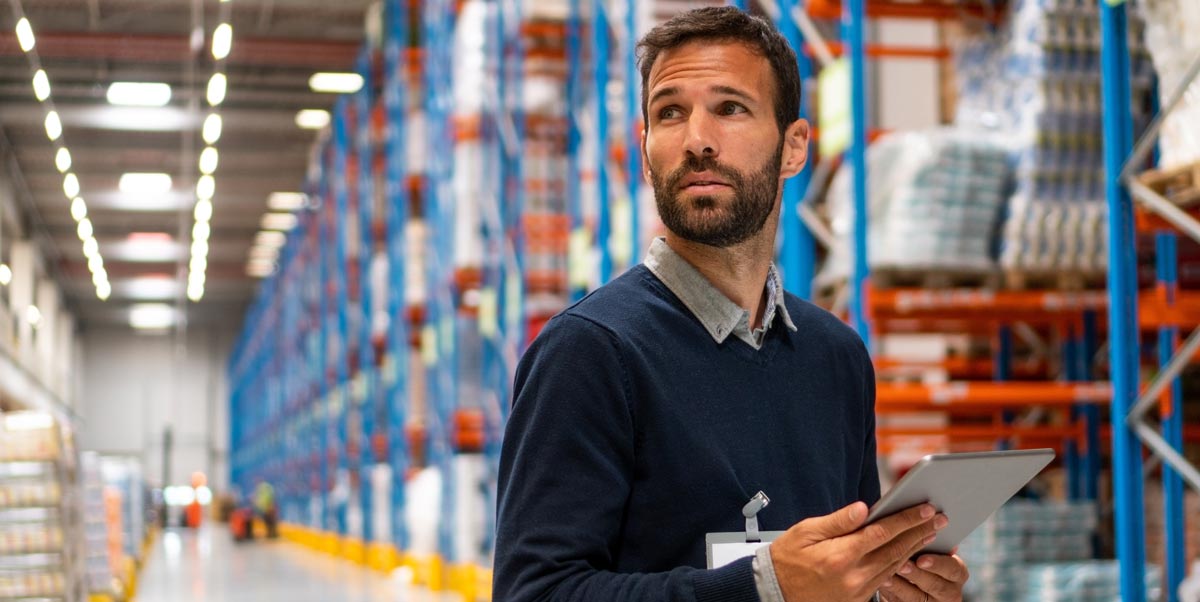Lowering bills, cutting carbon

We’re helping a growing number of organisations, from national retailers to independent coffee shops, make the switch to green energy. While their reasons vary – pressure from clients, questions from employees, awareness of the pressures climate change could place on their business, just wanting to do the right thing, or all of the above – their questions about green energy for businesses are often the same.
How does the green energy get to our site? Will it cost us more? How do we protect ourselves from accusations of greenwash? How do we explain the change to customers and staff?
We’ve written this blog to help answer some of those questions.
The good news is there’s no change to the way energy is supplied to your sites – it will still arrive via the National Grid – the national network of pipes and wires that supplies gas and electricity to the majority of homes and businesses in the UK.
All that happens when you’re on a green energy contract is that your supplier guarantees that every unit of electricity used by your organisation will be matched by an equivalent unit of green energy supplied to the Grid. The underlying principle is wonderfully simple: if all homes and businesses are on green tariffs, all the electricity supplied to the Grid will have to be green.
These days, there’s very little difference between the cost of green tariffs and ‘conventional’ tariffs. In fact, the cost of building new renewables generation is now often much cheaper than the equivalent fossil fuel plants, although these lower costs will take time to be reflected in the prices paid by end users. You can read more about this here.
In general, switching to green energy should mean you can reduce the ‘Scope 2’ emissions associated with your electricity use to near zero. You may also be able to reduce your gas emissions by switching to a green gas contract, although this isn’t necessarily a good thing if all businesses do it (read why that is here). We’ll help you understand the assumptions that sit behind those calculations, and the alternative approaches you could use that may be more accurate in the long term (taking into account the Grid’s residual fuel mix, for example). In short, we’ll help you to understand the carbon implications of the tariff choices available to you, to calculate the impact of your switch and to communicate it to your stakeholders.
That’s exactly what we’re here for. We created Big Clean Switch to help organisations and households navigate the competing green claims of different suppliers with confidence. We’ll unpick the jargon for you (don’t know your REGOs from your GoOs? Think a PPA sounds like an arcane clause in a life insurance contract?). We’ll explain the upsides and downsides of different types of renewables, and highlight some of the terms often used to muddy the waters (‘low carbon’ and ‘green’ are not always the same thing). That means you’ll be able to select a supplier confident you know exactly what you’re getting, and how it stacks up when it comes to environmental impact.
We’ll help with that too, providing materials to help you shout about the switch in a way that makes it easy for others to understand, and supporting you in developing comms that allows you to maximise the benefits of transitioning to planet-friendly power.